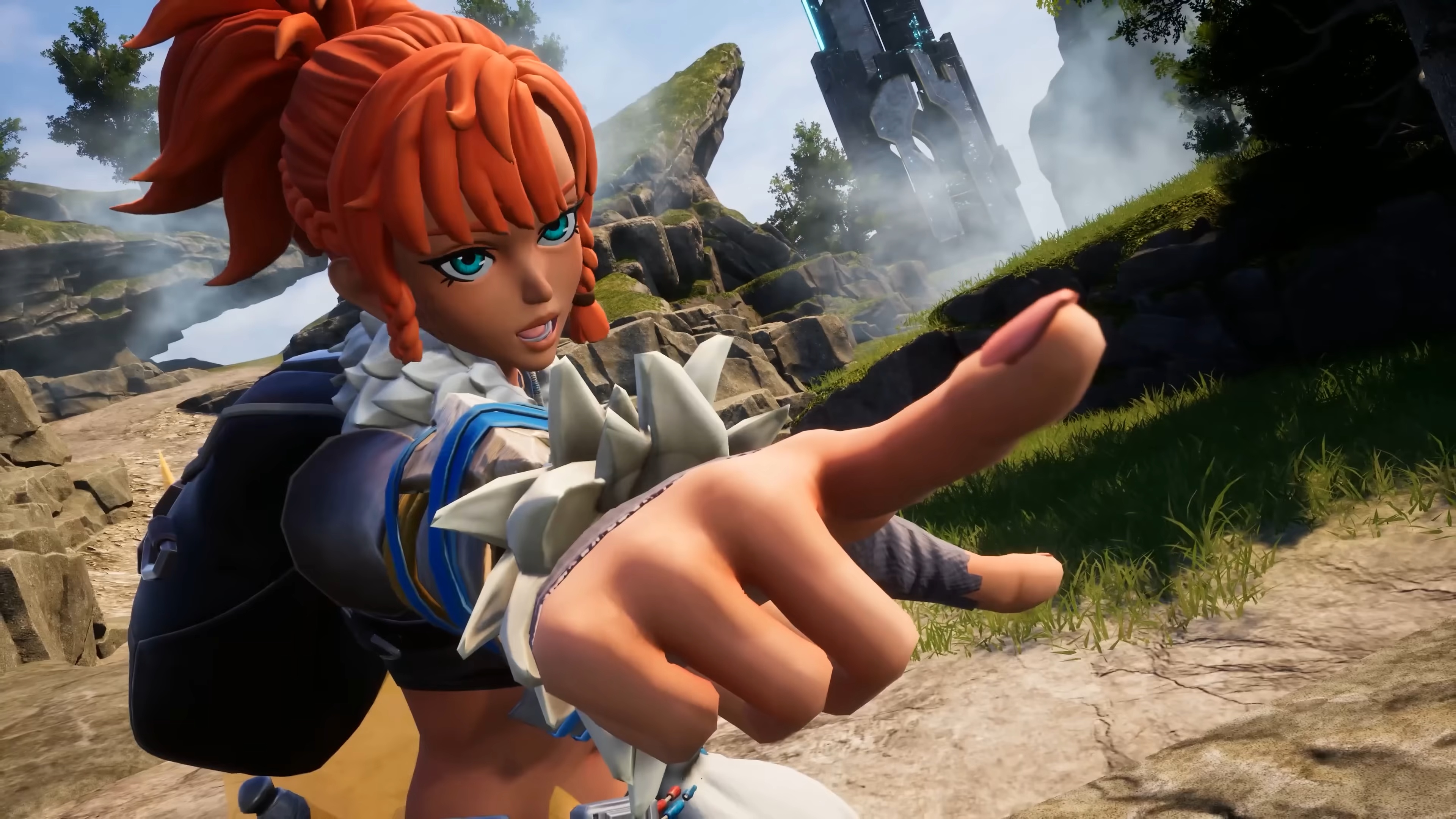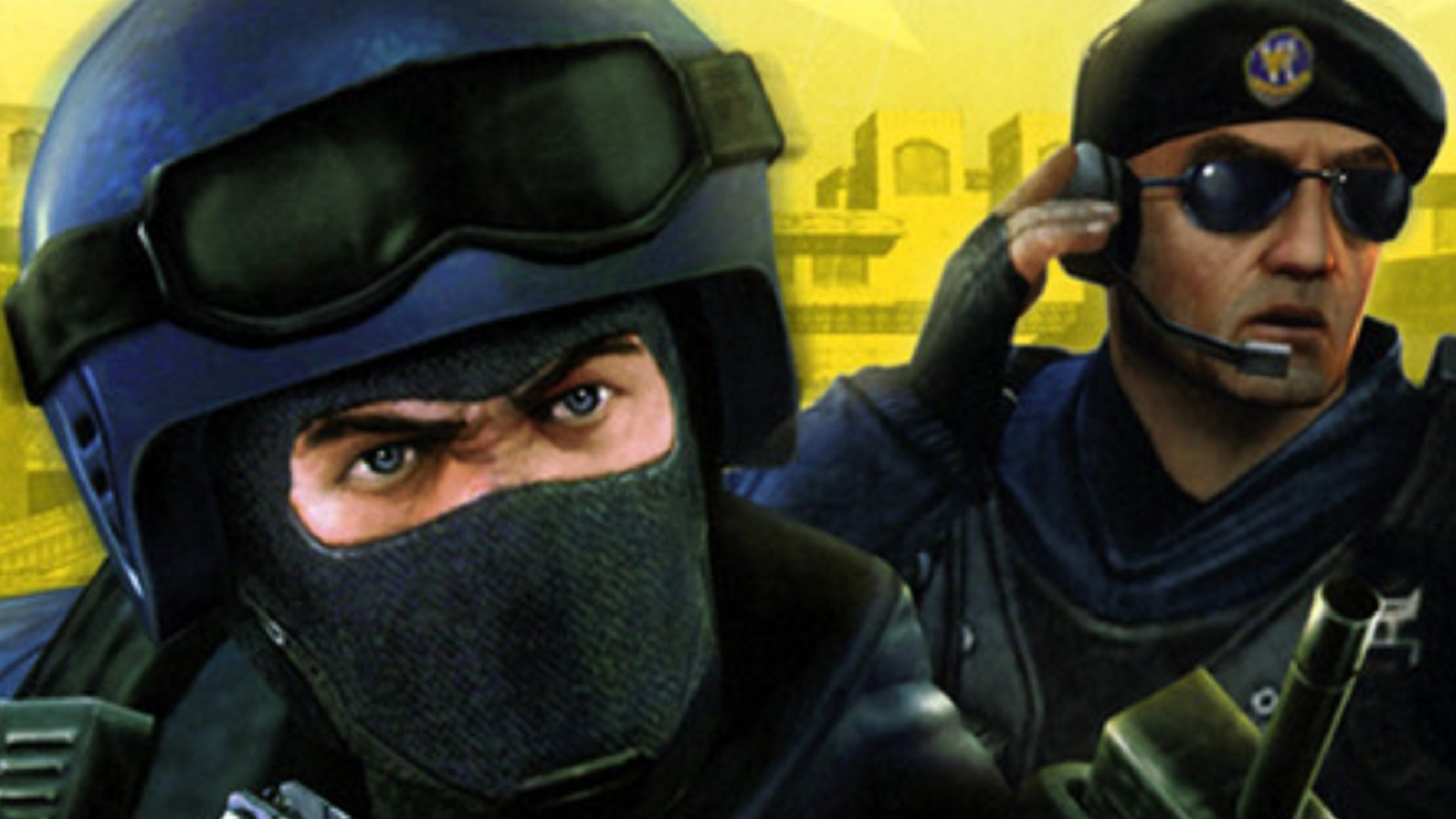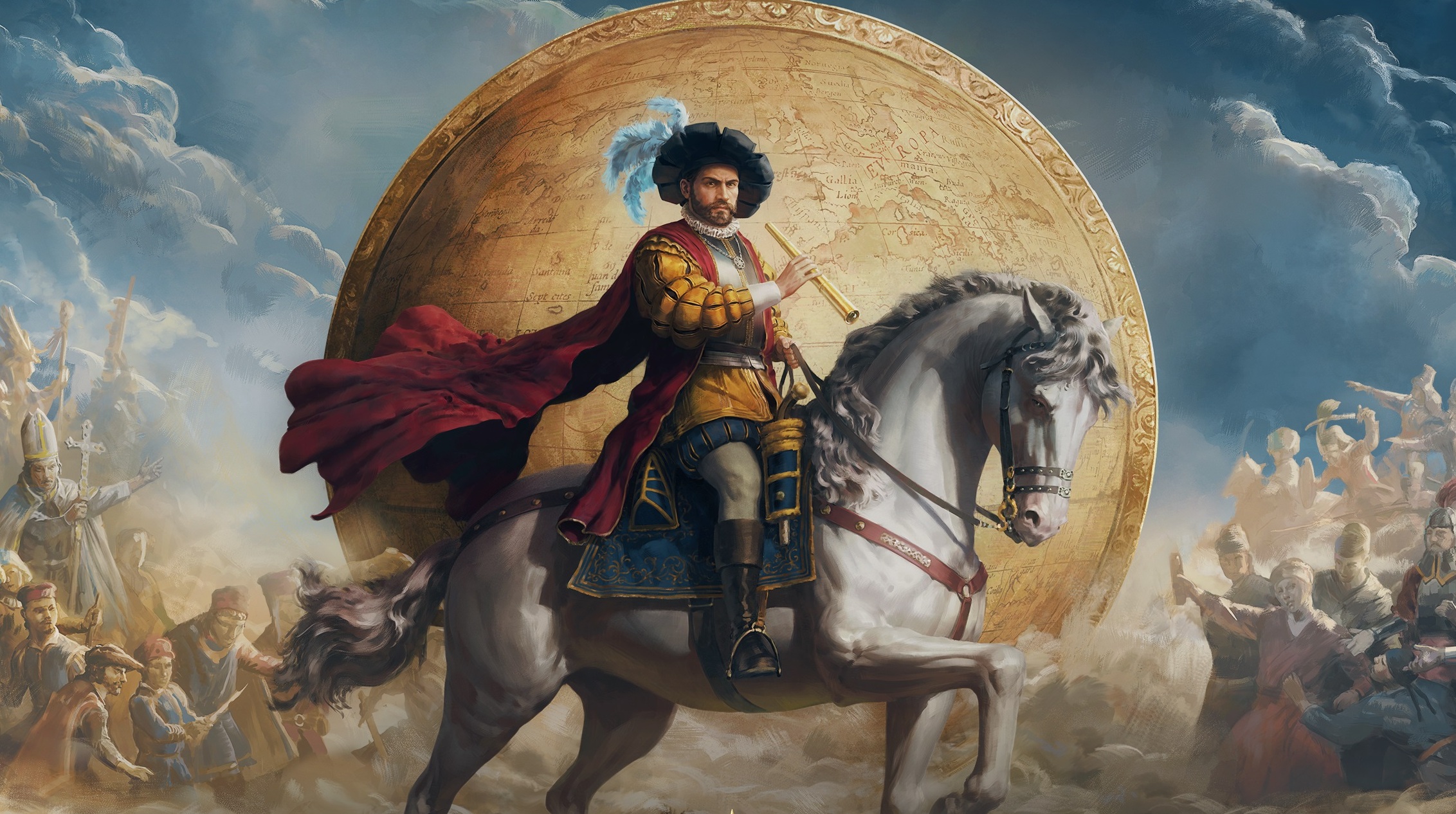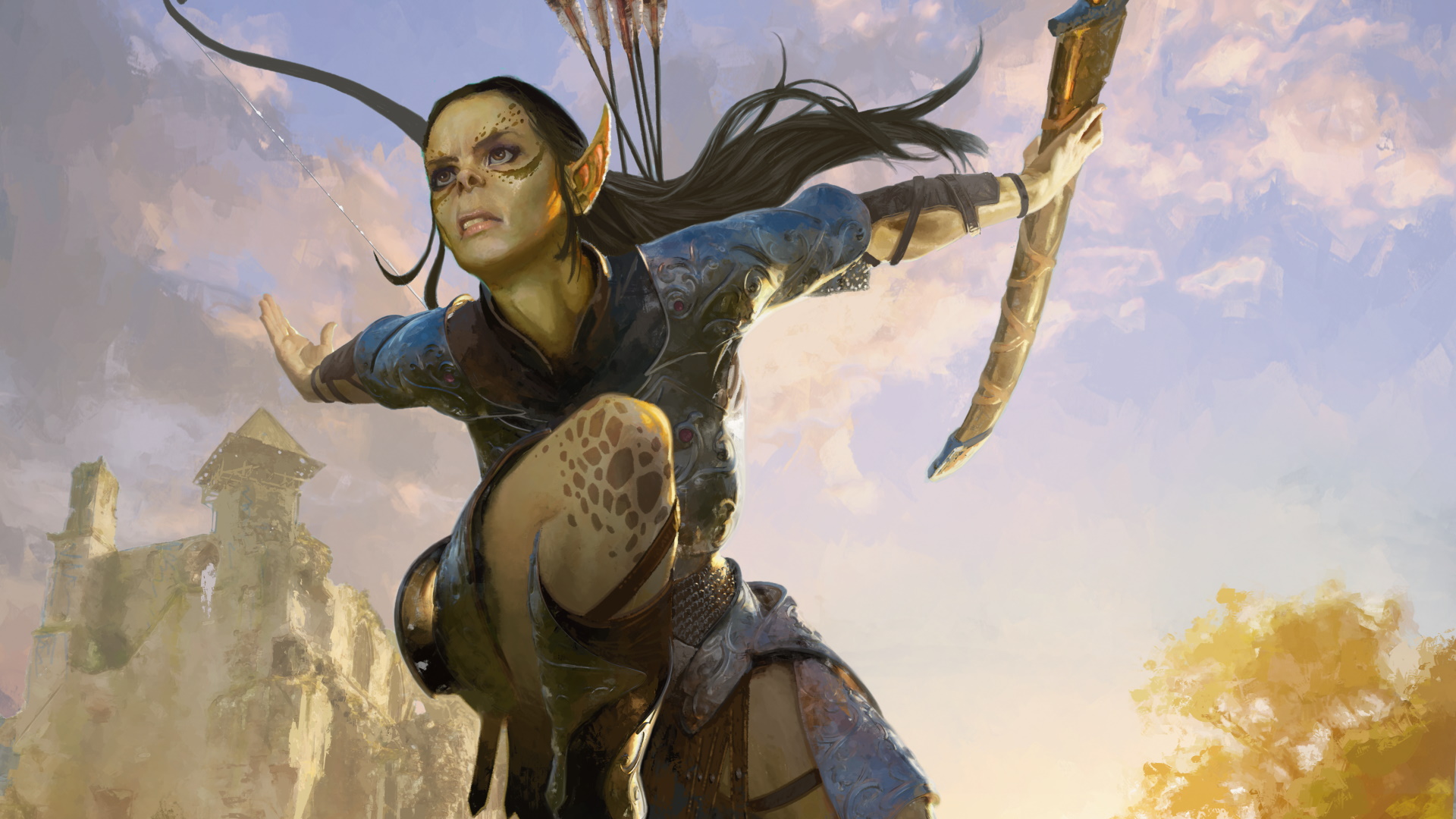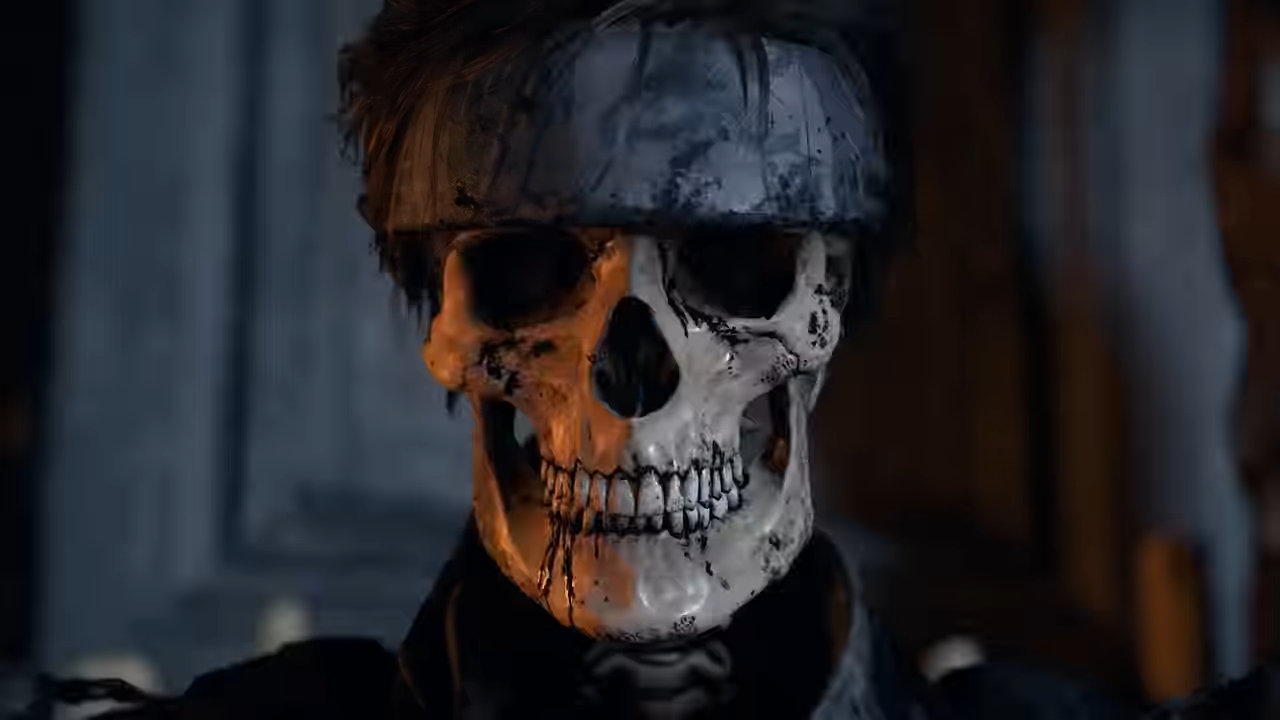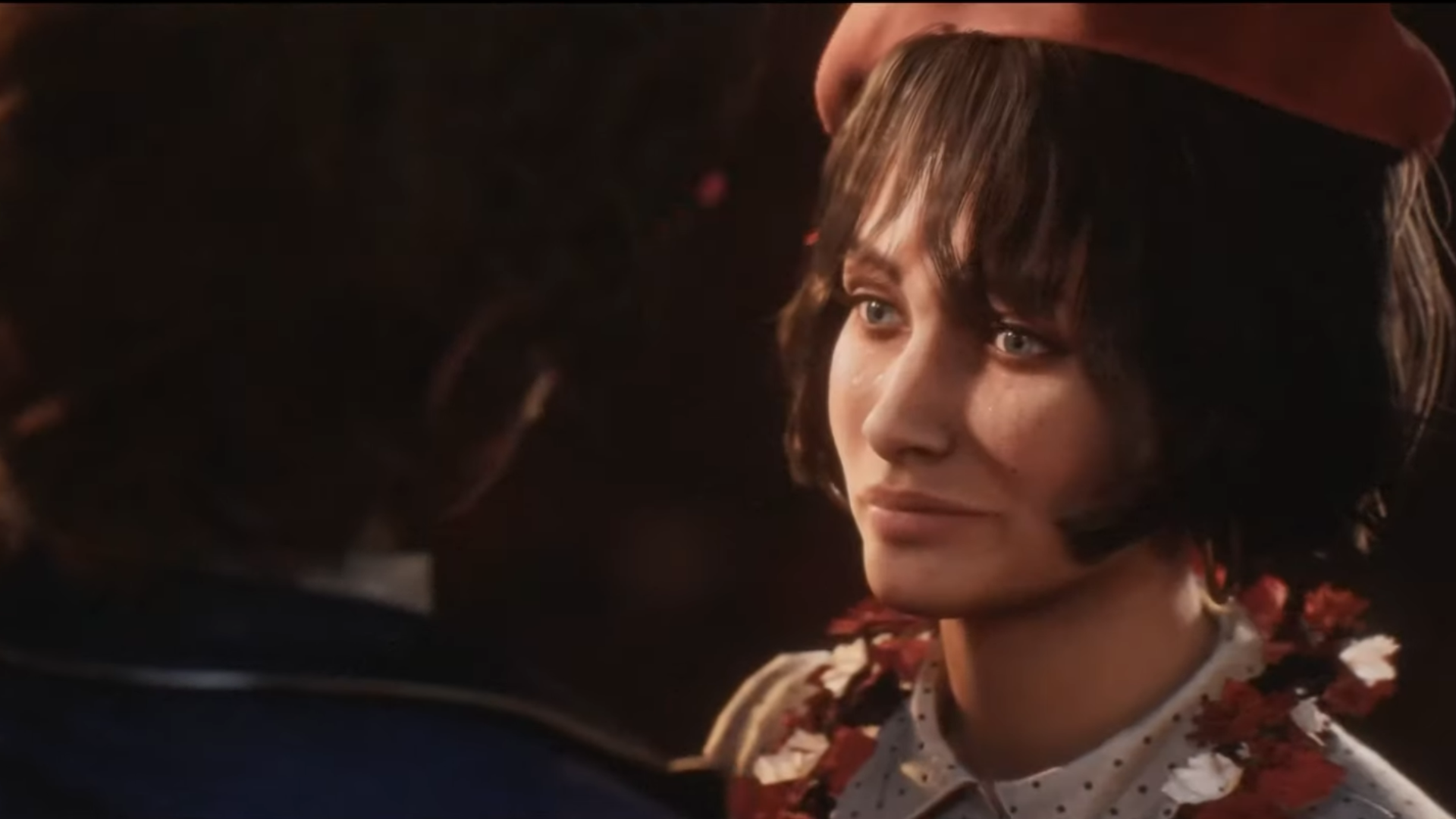
We Played 30 Hours of Death Stranding 2: On the Beach!

2019’s Death Stranding transcended the framework of ordinary video games by metaphorically depicting cosmology and even anthropology through the act of delivery.
It was a game that challenged the idea of human connection through refreshing gameplay mechanics that fundamentally reexamined the very act of movement. To me, Death Stranding was an undeniable masterpiece that delivered a viscous flow of concepts. Now that I’ve played its sequel for more than 30 hours at a special press event at Kojima Productions’ Tokyo office, I am starting to realize that it may have been only the beginning.
Death Stranding 2: On the Beach can be seen as an attempt to take the premises of the first game to the next level. While taking the player on a journey across the border of the UCA (United Cities of America), its symbolic depiction of connection feels more dynamic yet less certain than its predecessor. What questions will the new journey of legendary deliverer Sam Porter Bridges bring, and how will they be answered?
While it was explicitly stated that what I played was not the final version of the game, the playable portions demonstrated a density and completeness you would expect from a final product. Fundamental elements such as movement, dialogue, and presentation are highly integrated, and the intention to expand upon the experience that the first game delivered was evident throughout.
A new beginning in a new land
In the first game, Sam reconstructed connections between people while uncovering the truth behind Death Stranding, a mysterious phenomenon that caused disconnection between cities. Through Sam’s journey of delivering supplies, players experienced movement in a way video games had not offered before, while the story gradually unfolded its views on life, death, and cosmological visions.
The setting of Death Stranding 2 moves from the rebuilt UCA to the Mexican border region. Bridges, the organization that previously handled delivery operations, has withdrawn from delivery, and instead, an automated delivery system called APAS is now operating with unmanned vehicles.
Sam was living quietly with his daughter Lou in a remote area of Mexico, but at the request of Fragile, another returning character, he takes on delivery missions again in this region where the communication infrastructure is undeveloped. A new journey quietly begins to reconnect the Chiral Network, a communication network similar to the internet.
The photorealistic graphics that meticulously depict Mexico’s desolate land are nothing short of impressive. From the texture of the dried surface to faintly rippling sand dust and rocky mountains in the distance, Death Stranding 2’s visuals drew me in right away. Photorealistic modeling and subtle facial expressions of characters have also largely improved from the first game, and the art style creates an aesthetic that transcends mere realism, forming a powerful foundation supporting its surrealistic worldview and story.
The part that plays in Mexico functions more or less like a tutorial, not just in terms of gameplay, but also story and settings. While the first one overwhelmed players with numerous terms and settings in its early hours, Death Stranding 2 is conscious of being accessible even without prior knowledge. The sequel also offers a recap mode in novel style narrated by Deadman.
The original Death Stranding left a strong impression by overwhelming players with a vast amount of information from the beginning. By doing so, it undeniably confused more casual players not used to such a convoluted story. In contrast, Death Stranding 2 introduces a glossary function called Corpus, showing careful consideration for players who have not played the first game or those who did but found it too complicated.
An evolution of the delivery system
I feel that the game design of Hideo Kojima’s works often comes in three layers. For example, the Metal Gear series’ gameplay consists of infiltration, danger, and stealth while its movement can be divided into walking, crouching, and crawling.
The same philosophy can also be seen in Death Stranding. For example, your scanning device Odradek visualizes terrain danger levels in three different colors. Death Stranding 2 follows the same rules.
Just like in the original, the player once again has to manage cargo weight and balance while traversing unstable natural terrain. Footing must be secured on slopes, while the center of gravity must be controlled to avoid being swept away in rapid water streams. The risk of cargo damage is present throughout the process, which makes traversing the world itself a nerve-wrecking task.
Constructions such as ropes and ladders can be used to traverse the world more conveniently. These infrastructures go beyond individual player experiences, as structures installed by other players are shared in the world as the Social Strand System. As you make use of ladders and bridges left by someone else, the solitary exercise of delivery gradually transforms into a more connected and social experience.
In addition to highways, Death Stranding 2 allows the player to construct monorails too, which makes traversing its world a lot smoother. Highways and monorails require a lot of materials, forcing the player to utilize the mines to gather materials. As a result, establishing trade routes has become more central to gameplay than it was the first time around.
While traversing the world itself has become more convenient, environments have become more challenging in return. The width of rivers can double due to rainfall, while natural hazards such as earthquakes called “gate quakes” and sandstorms can occur. As a new feature, the time of the day also changes in real time, which causes additional challenges for Sam. These natural elements interfere with player actions in various ways, such as footing collapsing due to flooding and earthquakes, or visibility worsening due to sandstorms and nightfall.
To overcome these conditions, the sequel also boasts more room for customization. The “Porter Grade” indicates Sam’s current proficiency in a more direct way, while a new system called APAS Enhancement allows you to use skill points to enhance stats and obtain new abilities. From weapon power enhancement to weather analysis and footprint erasure, you can choose to have Sam specialize in either delivery, movement or combat skills. That means that while preparing your cargo was pretty much the only thing you could do to get ready for a new delivery in the first game, you can now also prepare by customizing Sam’s abilities according to your preference.
Sam’s skills show that once again, Kojima is utilizing three layers of gameplay in which the player can tackle the game’s missions and obstacles. However, while delivery, movement and combat skills can all be customized, combat plays a greater role in Death Stranding 2.
New enemies and a deeper combat system
Combat, meanwhile, occurs much more frequently and has become more flexible in Death Stranding 2. In the first game, combat was limited and functioned merely as a way to secure supplies or to make your way through bases. Death Stranding Director’s Cut already added infiltration missions into Mule bases, but Death Stranding 2 builds more varied stages and systematized combat in the open world, seemingly as an extension of that.
New human enemy forces such as Bandits and Armed Survivalists appear, and their bases are designed as stages with simple three-dimensional structures. When infiltrating these bases, players are often forced to engage in combat.
BTs, or creatures that appeared due to the Death Stranding phenomenon, also have new types. Larger BTs with stronger attacks make the combat more challenging than it was last time.
Combat has become more tactical as well. By throwing a speaking doll called Dollman, you can observe the insides of bases from above to grasp enemy placement and movement lines. While close combat remains important, remote stealth attacks with the Blood Boomerang, precision shooting with sniper rifles, and utilizing assault rifles and grenade launchers give the player a multitude of new options.
It’s even possible to put down Sam’s backpack, allowing for more agile and nimble movement by completely separating him from his cargo. Weight management directly connects to mobility, which greatly enhances tactical flexibility.
Whether to engage in direct combat, choose stealth or avoid combat altogether, freedom of approach has increased when compared to the first game. The APAS Enhancement even allows you to refund skill points, welcoming trial and error to find the playstyle that suits you best.
Death Stranding 2 has four difficulty settings – Story, Casual, Normal (which I played), and Brutal – providing flexibility in how much you want to invest in the game’s expanded combat as well.
Did the trailers say too much?
As partially revealed in trailers, after a series of dramatic events, Sam will cooperate with Drawbridge, a civilian company established by Fragile.
The setting moves from Mexico to Australia, and a journey to spread the Chiral network begins once again. A mobile base called DHV Magellan (Deep-Tar Hunting Vessel), named after the explorer Ferdinand Magellan who travelled around the world, functions as a hub for the player.
As the name DHV Magellan suggests, the story steps into themes reminiscent of colonial domination. Furthermore, the rise of a private political organization called APAC (Automated Public Assistance Company) shows similarities with the PMC (Private Military Company) depicted in Metal Gear Solid 4. Since I haven’t witnessed the story to its conclusion, it is too early to speculate on how these motifs will come to fruition in the full game.
In Death Stranding, people were isolated and only porters traversed the dangerous outside world, which has been noted by many as a portrayal that seemed to foresee the Covid-19 pandemic. In Death Stranding 2, the APAC seems to resonate with recent movements of America’s DOGE (Department of Government Efficiency). With such eerie points of convergence with reality, I can’t help but feel that there is a significance worth noting in contemporary times regarding how connections will be redefined in Death Stranding 2.
Of particular note is the presence of actor Luca Marinelli, who plays a mysterious man. Both Marinelli’s acting ability and the presentation of scenes he appears in leave a strong impression. The mystery of who this man is and why he stands in Sam’s way will have players speculating for sure. Marinelli and his character are just as captivating as Mads Mikkelsen’s Cliff was in the first game.
One concern I had during my 30 hours with the campaign was that I realized that the trailers contain content that delves quite deeply into the main story, to the extent that a lot of what happened throughout the game I was already somewhat aware of.
Could it be that too much has been given away in the trailers? Or is there a big surprise awaiting players when Death Stranding 2’s full picture is revealed? We can only eagerly await the game’s June 26 release.



